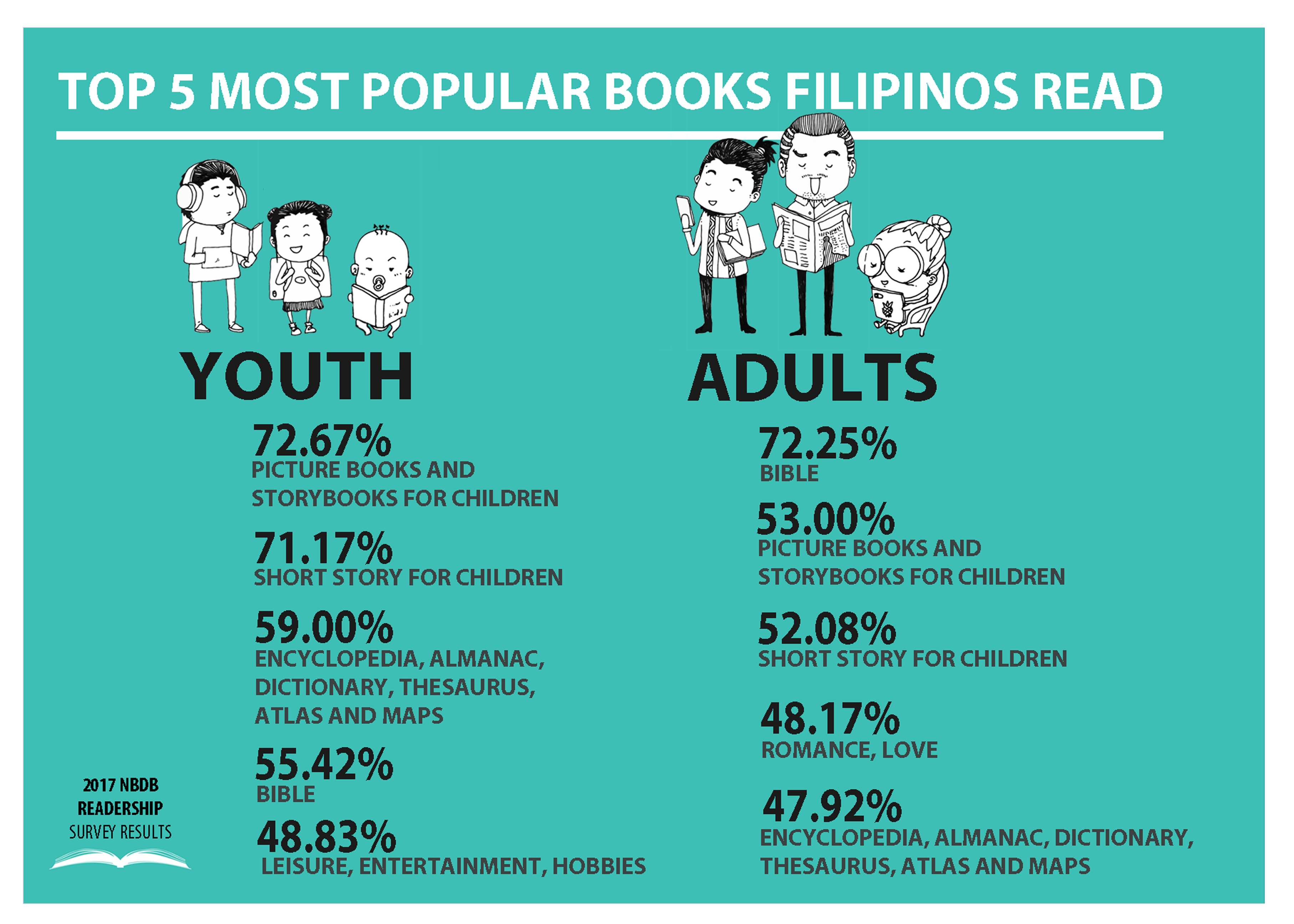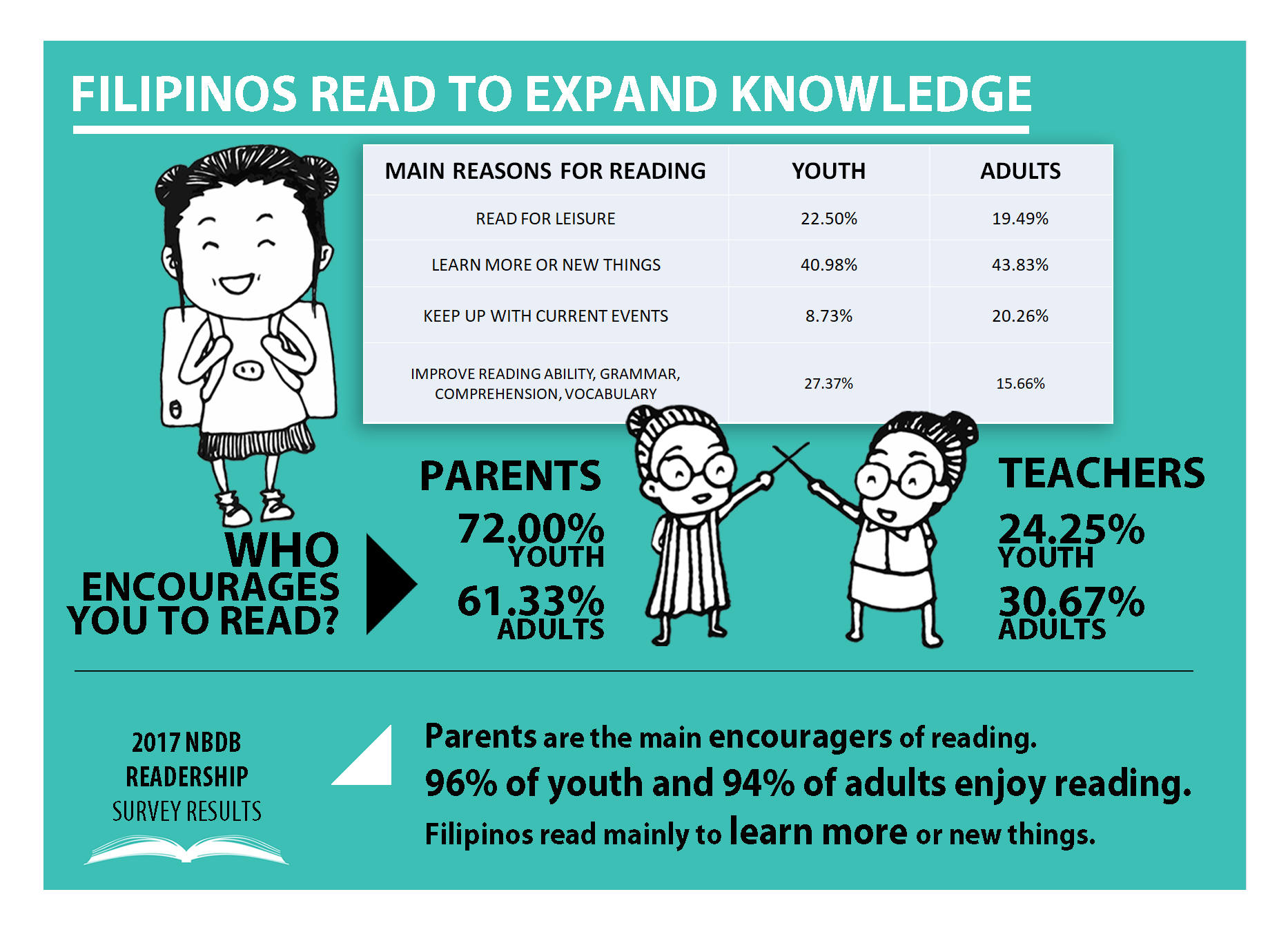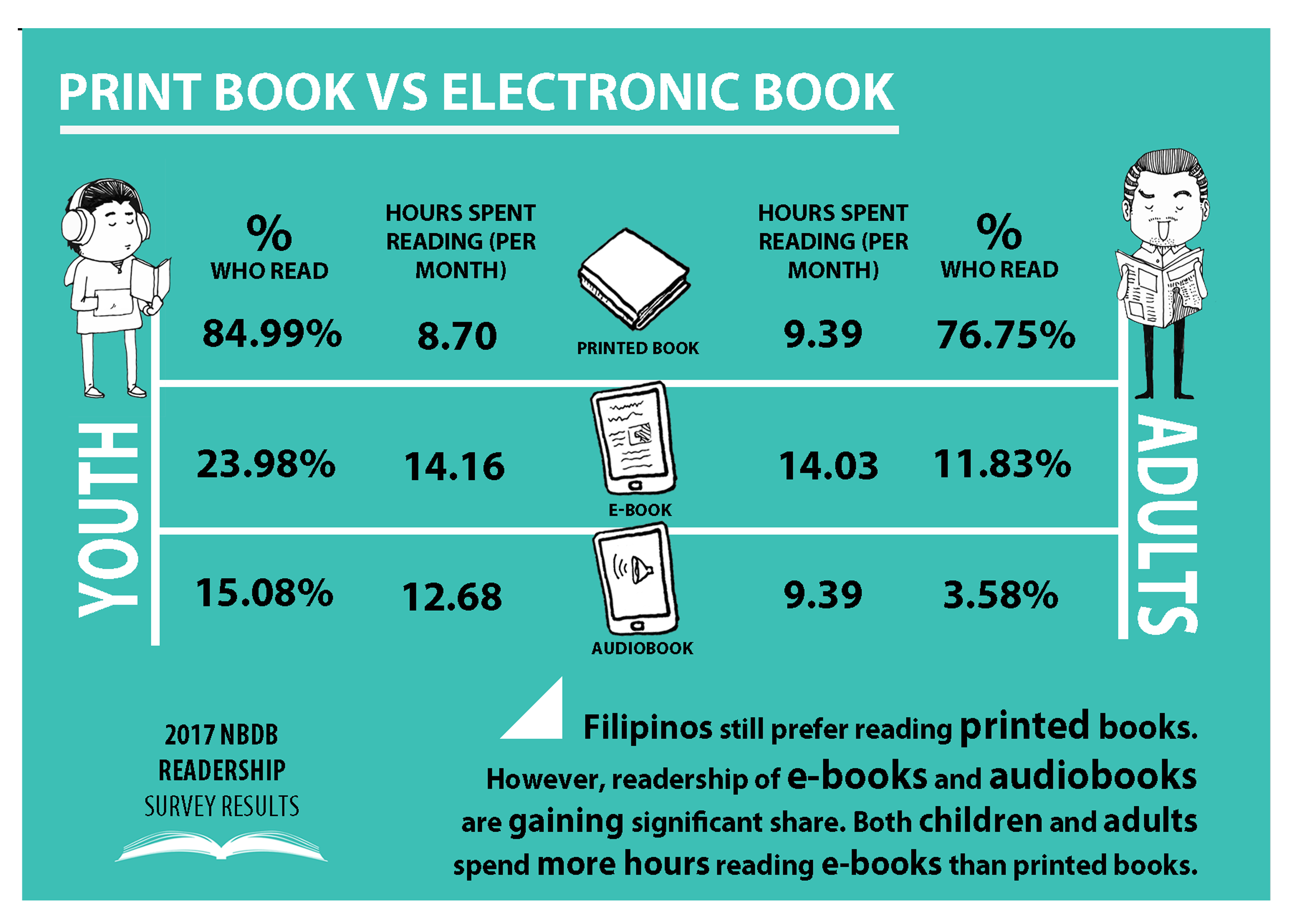Filipinos interested in books but have little budget: survey | ABS-CBN
ADVERTISEMENT

Welcome, Kapamilya! We use cookies to improve your browsing experience. Continuing to use this site means you agree to our use of cookies. Tell me more!
Filipinos interested in books but have little budget: survey
Filipinos interested in books but have little budget: survey
Kristine Sabillo,
ABS-CBN News
Published Oct 05, 2018 01:45 AM PHT
College student Jash Cruz is among the many millennials still smitten with young adult books.
College student Jash Cruz is among the many millennials still smitten with young adult books.
Browsing through titles in a cozy second-hand bookshop in Quezon City, she told ABS-CBN that she prefers buying brand new books but would buy pre-loved classics from time to time.
Browsing through titles in a cozy second-hand bookshop in Quezon City, she told ABS-CBN that she prefers buying brand new books but would buy pre-loved classics from time to time.
“I started reading in high school. It became trendy in school and we would often trade books,” she said.
“I started reading in high school. It became trendy in school and we would often trade books,” she said.
Cruz explains that for her, reading books is like visiting other places without actually traveling.
Cruz explains that for her, reading books is like visiting other places without actually traveling.
ADVERTISEMENT
Her preference for buying new titles from a bookstore is only the third (25 percent) most popular way of acquiring books among Filipinos, according to the 2017 Readership Survey of the National Book Development Board (NBDB).
Her preference for buying new titles from a bookstore is only the third (25 percent) most popular way of acquiring books among Filipinos, according to the 2017 Readership Survey of the National Book Development Board (NBDB).
The number one method of acquiring books is by borrowing them from friends or family (37.74 percent), followed by receiving them as gifts (33.98 percent).
The number one method of acquiring books is by borrowing them from friends or family (37.74 percent), followed by receiving them as gifts (33.98 percent).
In fourth place are purchasing second-hand books (12.37 percent), followed by borrowed library books (11.19 percent). Other methods include buying from independent bookstores, purchasing online, book fairs, book sales, etc.
In fourth place are purchasing second-hand books (12.37 percent), followed by borrowed library books (11.19 percent). Other methods include buying from independent bookstores, purchasing online, book fairs, book sales, etc.
Conducted among 1,200 adult respondents (18 years old and above) and 1,200 youth respondents, the survey showed that many Filipinos read non-school books (80 percent of adults, 93 percent of children).
Conducted among 1,200 adult respondents (18 years old and above) and 1,200 youth respondents, the survey showed that many Filipinos read non-school books (80 percent of adults, 93 percent of children).
“But what seems to be the problem is the affordability of books, accessibility,” NBDB Chairperson Flor Marie Sta. Romana-Cruz told ABS-CBN.
“But what seems to be the problem is the affordability of books, accessibility,” NBDB Chairperson Flor Marie Sta. Romana-Cruz told ABS-CBN.
ADVERTISEMENT
“So they hardly buy. Yung regalo would you think sa isang taon a child would get sa Pasko, birthday, good grades. Maybe tatlong libro in a year. Ang gusto nila to receive books dahil mahal nga."
“So they hardly buy. Yung regalo would you think sa isang taon a child would get sa Pasko, birthday, good grades. Maybe tatlong libro in a year. Ang gusto nila to receive books dahil mahal nga."
(So they hardly buy. For gifts, a child can only get one during Christmas, their birthday and perhaps good grades. So maybe three books in a year. And what they want is to receive books because they’re expensive.)
(So they hardly buy. For gifts, a child can only get one during Christmas, their birthday and perhaps good grades. So maybe three books in a year. And what they want is to receive books because they’re expensive.)
According to the survey, majority of the respondents are only willing to spend up to P199 per book.
According to the survey, majority of the respondents are only willing to spend up to P199 per book.
Rising book prices
The NBDB said the prices of books have increased because of the TRAIN law's effects.
The NBDB said the prices of books have increased because of the TRAIN law's effects.
In an earlier interview, Ani Almario, president of the Book Development Association of the Philippines, said that the price of paper has already increased by 10 to 12 percent because of many factors including the continued increase in the price of oil.
In an earlier interview, Ani Almario, president of the Book Development Association of the Philippines, said that the price of paper has already increased by 10 to 12 percent because of many factors including the continued increase in the price of oil.
ADVERTISEMENT
They fear that the proposed TRAIN 2 or TRABAHO bill will effectively remove the tax incentives afforded to book publishers.
They fear that the proposed TRAIN 2 or TRABAHO bill will effectively remove the tax incentives afforded to book publishers.
Under a draft version of the TRABAHO bill or the proposed Corporate Income Tax and Incentives Reform Act, Section 12 of Republic Act 8047 or the Book Publishing Industry Development Act will be repealed.
Under a draft version of the TRABAHO bill or the proposed Corporate Income Tax and Incentives Reform Act, Section 12 of Republic Act 8047 or the Book Publishing Industry Development Act will be repealed.
The said provision states that imported books, paper, and ink will be tax exempt. This is in accordance to the UNESCO’s principle of free flow of information stated under the Florence Agreement, which the Philippines is a party to.
The said provision states that imported books, paper, and ink will be tax exempt. This is in accordance to the UNESCO’s principle of free flow of information stated under the Florence Agreement, which the Philippines is a party to.
Sta. Romana-Cruz pointed out that the removal of tax incentives will greatly affect the local book industry and the price of books since “We are a country that does not produce paper. That does not produce ink.”
Sta. Romana-Cruz pointed out that the removal of tax incentives will greatly affect the local book industry and the price of books since “We are a country that does not produce paper. That does not produce ink.”
But Senate President Tito Sotto has earlier stated that the bill is not yet final. Senator Sonny Angara, who has opposed the provision, also assured ABS-CBN on Thursday that the incentives will remain.
But Senate President Tito Sotto has earlier stated that the bill is not yet final. Senator Sonny Angara, who has opposed the provision, also assured ABS-CBN on Thursday that the incentives will remain.
ADVERTISEMENT
Bible, children’s books
One positive factor seen in the readership survey is the high interest in books for children.
One positive factor seen in the readership survey is the high interest in books for children.
While the Bible (72.25 percent) is the most-read book among adults, it is tied with picture books and storybooks (72.25 percent).
While the Bible (72.25 percent) is the most-read book among adults, it is tied with picture books and storybooks (72.25 percent).
Among children, picture books and storybooks are the most read at 72.7 percent.
Among children, picture books and storybooks are the most read at 72.7 percent.
According to NBDB, this means that parents are taking a hands-on approach in the reading habits of their children. The survey shows that majority of children are encouraged to read by their parents, followed by their teachers.
According to NBDB, this means that parents are taking a hands-on approach in the reading habits of their children. The survey shows that majority of children are encouraged to read by their parents, followed by their teachers.
Through insights derived from the survey, which is an independent poll conducted by the Philippine Statistical Research and Training Institute, the NBDB will craft new programs to support the local book industry.
Through insights derived from the survey, which is an independent poll conducted by the Philippine Statistical Research and Training Institute, the NBDB will craft new programs to support the local book industry.
ADVERTISEMENT
“We want to encourage local publishers in the regions,” Sta. Romana-Cruz said, pointing out that there are fewer readings outside Metro Manila and Luzon.
“We want to encourage local publishers in the regions,” Sta. Romana-Cruz said, pointing out that there are fewer readings outside Metro Manila and Luzon.
She said they are hoping to see more books written are translated in local languages, not just Filipino.
She said they are hoping to see more books written are translated in local languages, not just Filipino.
“We should read Pinoys, appreciate our authors,” she added.
“We should read Pinoys, appreciate our authors,” she added.
E-books
One aspect of the survey they would like to study more in the years to come is the exposure of Filipinos to electronic books.
One aspect of the survey they would like to study more in the years to come is the exposure of Filipinos to electronic books.
According survey, while more Filipinos preferred printed books, those who read e-books and listen to audiobooks are increasing. They also spend more time reading e-books than printed books.
According survey, while more Filipinos preferred printed books, those who read e-books and listen to audiobooks are increasing. They also spend more time reading e-books than printed books.
ADVERTISEMENT
The survey involved 86 questions for adults and 26 questions for young readers. Of the 1,200 households, 300 households were sampled for each of Metro Manila, rest of Luzon, Visayas, and Mindanao.
The survey involved 86 questions for adults and 26 questions for young readers. Of the 1,200 households, 300 households were sampled for each of Metro Manila, rest of Luzon, Visayas, and Mindanao.
ADVERTISEMENT
ADVERTISEMENT





